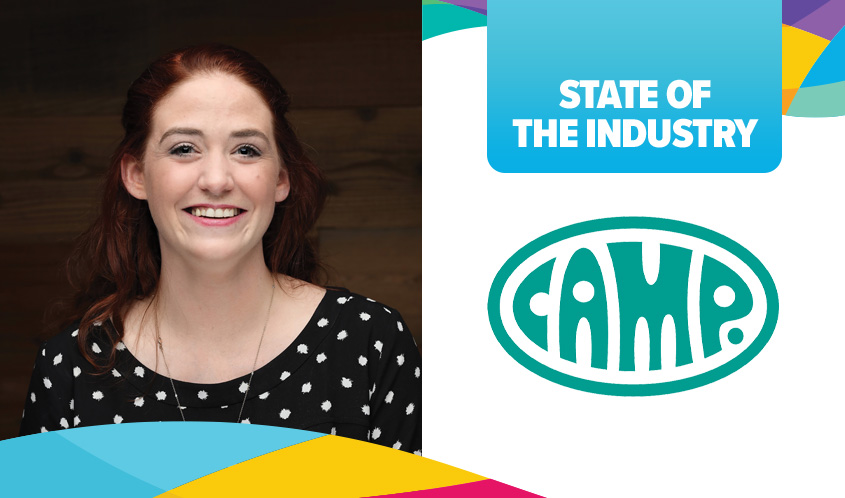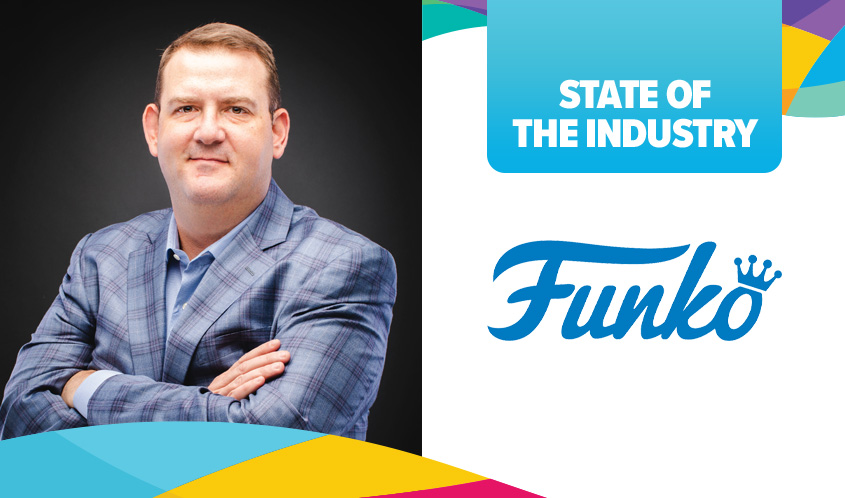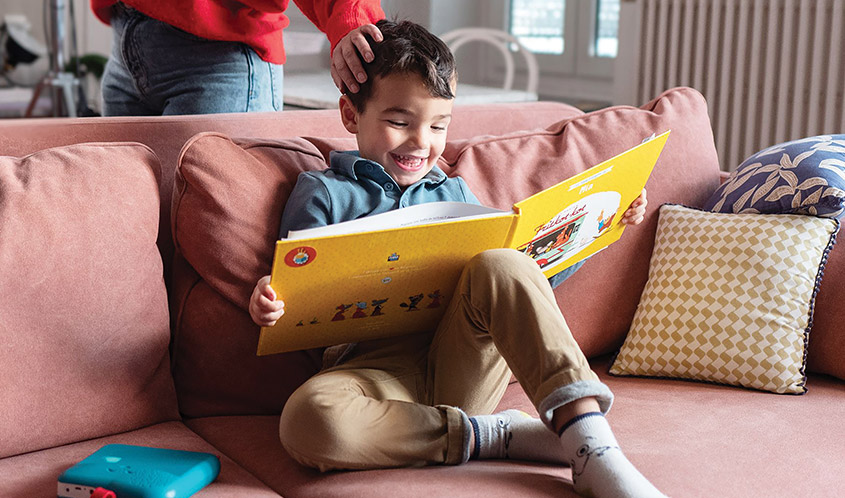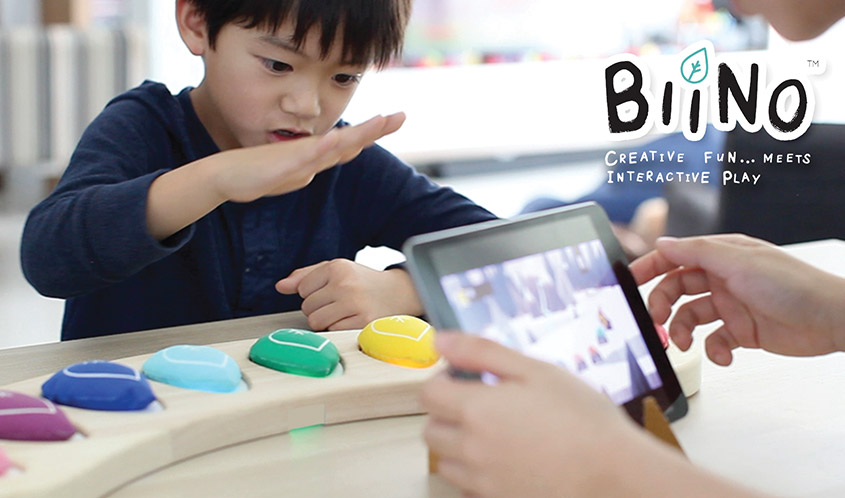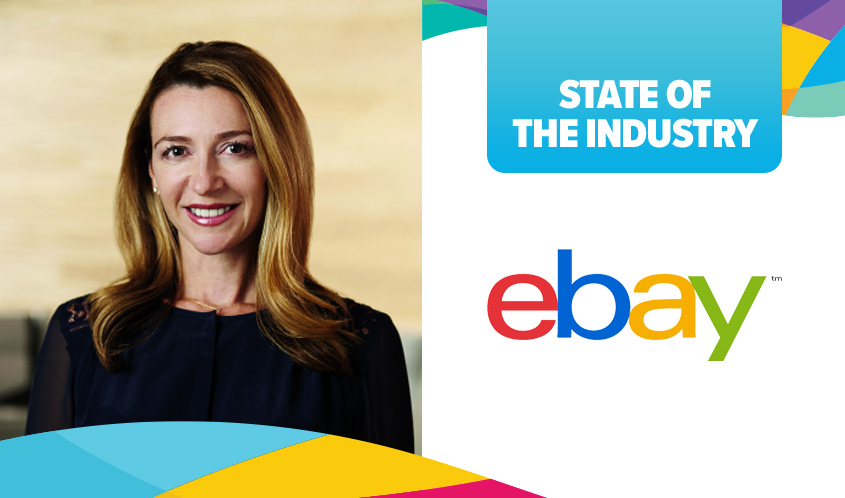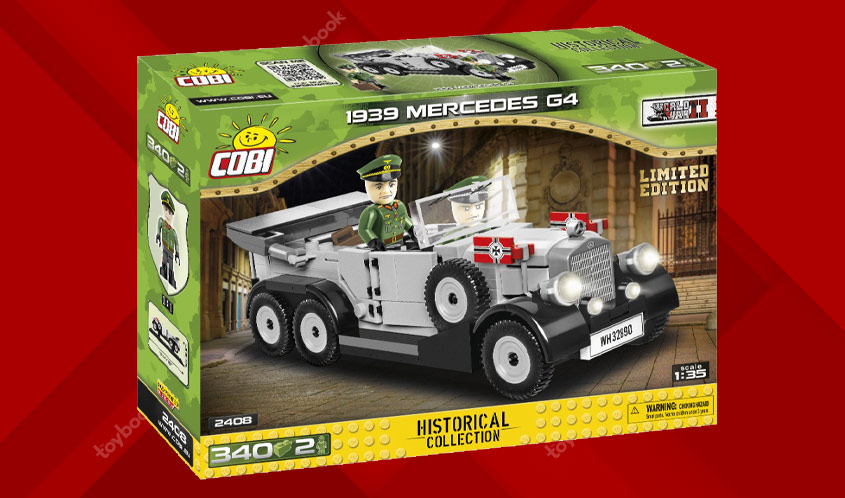
Updated Feb. 28, 2021, 5:55 p.m. ET: COBI has removed the Nazi sets from sale and CEO Robert Podles has issued a statement and plan of action for the future. Read it here.
Polish toymaker COBI is raising eyebrows with the upcoming release of new building sets from its Historical Collection.
The Limited Edition 1939 Mercedes G4 (COBI-2408) was revealed in a since-deleted Instagram post this morning. The building set, which launches on March 1, includes a 340-piece vehicle that comes with mini-figures of “Field Marshal Paulus” and an “Abwehr officer.” Friedrich Wilhelm Ernst Paulus was a field marshal who led the 6th Army of the Wehrmacht — the unified forces of Nazi Germany — during World War II. Abwehr was the Wehrmacht’s military intelligence agency at the time.

Earlier this month, COBI launched preorders for another set, the 1938 Mercedes 770 Limited Edition (COBI-2406), which includes a limited-edition mini-figure of German Admiral and Chief of the Abwehr Wilhelm Franz Canaris. Canaris was originally a supporter of Adolf Hitler who turned on the Nazi regime and was executed for high treason.
Both of the aforementioned building sets are offered in standard and limited editions, and the latter sets include red and black “German” flags that bear an Iron Cross insignia and additional, exclusive figures.
The new toys are leading some to question why such imagery is included on sets that are marketed, in part, to kids ages 6 and up.
“When I saw this toy on Instagram, it confirmed what I know to be true. Anti-Semitism and all types of hate are alive and well,” says Ariel Moghaddam, vice president of Mighty Mojo Toys. “A company that is being carried by Walmart and Kohls — two national retailers — is out here producing and exposing antisemitic propaganda. Not only is this offensive, but will no doubt encourage hatred, which leads to extreme violence.”
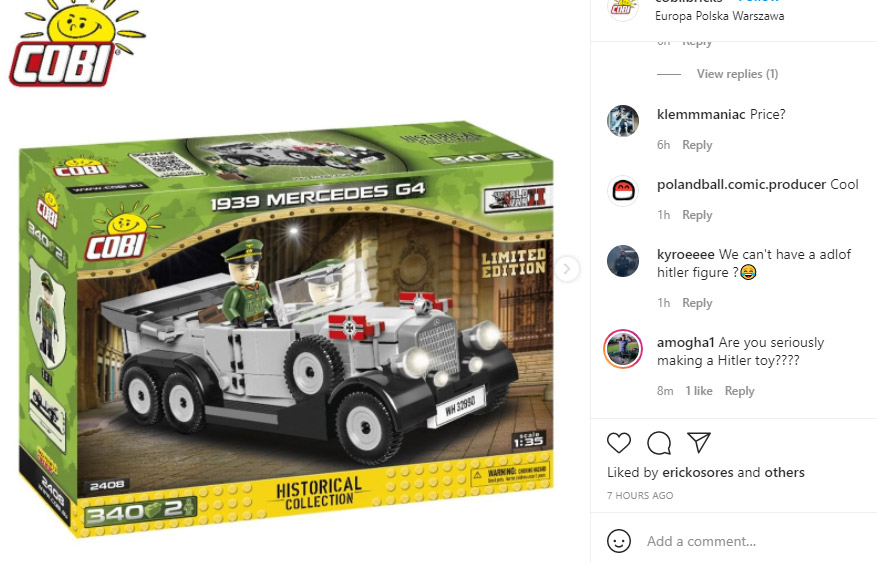
On COBI’s website, a preorder page for the 1938 Mercedes-Benz notes Adolf Hitler’s affection for the vehicle, which was “heavily associated with the Third Reich and Nazi Germany.” The description points out that Hitler gifted the cars to allies, including Benito Mussolini of Italy, Francisko Franco of Spain, and others.
“At COBI, we’ve always aimed to represent history in the most accurate way possible, and that means bringing attention to historical figures of all kinds, both the positive and negative,” a COBI spokesperson told the Toy Book. ”Our sincere belief, too, is that by highlighting certain aspects of history, we are in no way trivializing the past, but instead bringing a laser focus on specific events and people in history so as to create a more informed society.”
The spokesperson says that the company tries to balance its inclusion of historical figures.
“The inclusion of Marshal Paulus is intended to serve as a cautionary tale of the overreach of power, not an endorsement of the person in any way,” they said. “We know knowledge is power, and this is one way in which attention can be brought to figures like this, who deserve the scrutiny. Inversely we’ve also made it a point on many occasions to include figures like Oskar Schindler or President De Gaulle to bring light to their significant positive contributions to our global history.”
The current discussion regarding COBI’s Historical Collection is not the first time that the company has faced criticism for the line.
In 2014, The Washington Post reported that COBI sets were removed from Gekas, a Swedish department store, because of concerned parents. At the time, COBI’s CEO Robert Podles told Ruptly — a division of Russian media outlet RT — that the company was teaching history “through good fun.”
“We do not show only Nazi German, or fascist objects, or the vehicles of the Nazi German army, but also in our sets we have Soviet, American, and British marked toys,” Podles said. “We believe that through good fun we can teach history and we will continue this line in the future.”
While the line is available for sale in many parts of the world, certain vehicles may not be available in Germany.
In many parts of Europe, the sale of items containing Nazi imagery is prohibited, and in recent years, the situation has become further muddied. In 2018, a line of COBI tanks was removed from sale at a store in Berlin after it was discovered that the collection included Nazi-era tanks that had been presented with generic symbols in place of the actual icons of the regime. At the time, a COBI spokesperson told Berliner Zeitung that “they are not ‘Nazi toys’” and they are often called that “to make a sensation out of it.”
eBay even offers clarification on what Nazi items can be sold on its auction platform, noting that while historical Holocaust-related and Nazi-related items, including reproductions; any item from after 1933 that bears a swastika; and media identified as Nazi propaganda are banned from sale on its platform, “historically accurate WWII military model kits that have Nazi symbols” are permitted to be sold.
Still, it seems a grey market still exists for toys that depict Nazi Germany. One seller on eBay is offering a “Custom WWII German Wehrmacht Army Squad” made from LEGO mini-figures. At press time, the seller has sold more than 1,100 sets.
A 2018 Vice article presented the possibility that selling historical artifacts may just be placing them in the hands of neo-Nazis.
In the case of toys that present similar imagery, we know who’s selling, but who’s actually buying?
Editor’s note: The Toy Book does not support any products depicting or inspired by symbols, people, or events that represent the ideologies of white supremacy, Nazi, or like-minded groups. There are many examples of toys that can be used as teaching tools for kids, but we do not consider products based on these beliefs appropriate in today’s political and social climate.

